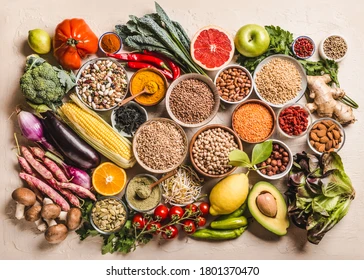FOOD-2
We need to better understand how food systems will affect diets, nutrition, and health outcomes in different contexts, under different drivers, with different political and societal transitions, and the potential implications for environments and overall planetary health. Currently, there is a growing body of scientific effort in this space, but we need to ensure the generation of evidence includes a “nutrition lens” and disentangles the bidirectional relation between the environment and human diets, nutrition, and health. We also need to go beyond just understanding associations and impacts to also understanding levers of change within food systems and how to operate them.
A well-balanced diet provides all of the energy you need to keep active throughout the day. nutrients you need for growth and repair, helping you to stay strong and healthy and help to prevent diet-related illnesses.
TYPES OF FOOD BY NAMES
DIFFERENT TYPES OF FLOUR -GRAINS
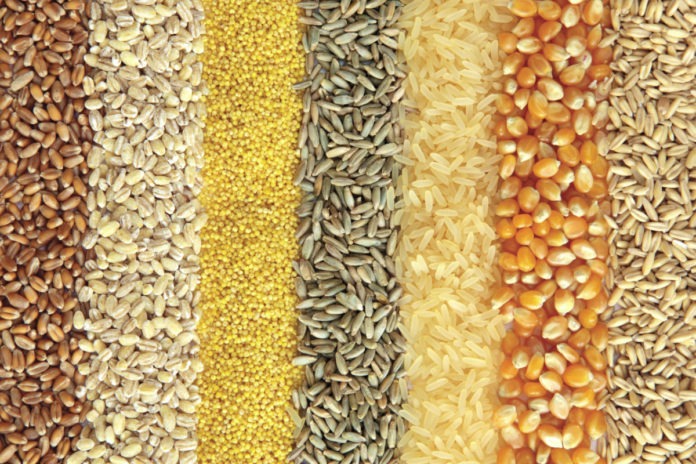
- WHEAT FLOUR
- RICE FLOUR
- MAIZE
- BAJRA
- MILLETS
Whole-grain foods are good choices for a nutritious diet. Whole grains provide fiber, vitamins, minerals, and other nutrients. Whole-grain foods help to control cholesterol levels, weight, and blood pressure. These foods also help lower the risk of diabetes, heart disease, and other conditions. There are many different kinds, including whole wheat and whole corn, oats, brown rice, and quinoa.
- High in nutrients and fiber. …
- Lower your risk of heart disease. …
- Lower your risk of stroke. …
- Reduce your risk of obesity. …
- Lower your risk of type 2 diabetes. …
- Support healthy digestion. …
- Reduce chronic inflammation.
SPICES
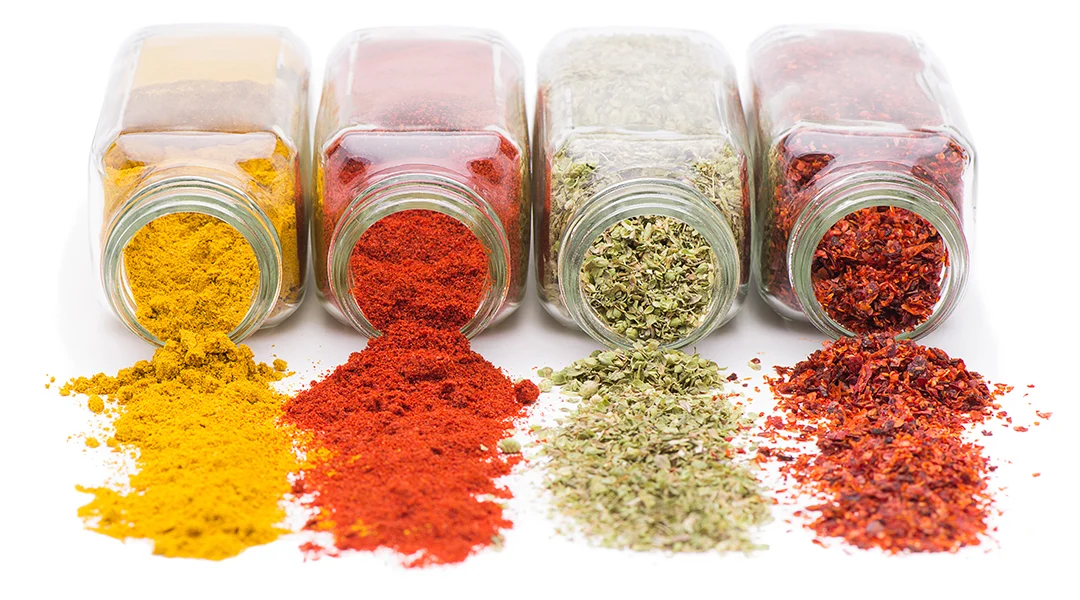
- SPICES
- SAUCES – CONDIMENTS
- SOUP
- PRESERVATIVE
- PUDDING
Spices not only improve the taste of food but are also a good source of vitamins B and C, iron, calcium, and other antioxidants. Spices have been drawn from various parts of plants like buds, bark, root, flower, and fruits. Spices are being used by many medical industries like cosmetic, pharmaceutical, and aromatic perfumery
GARAM MASALA
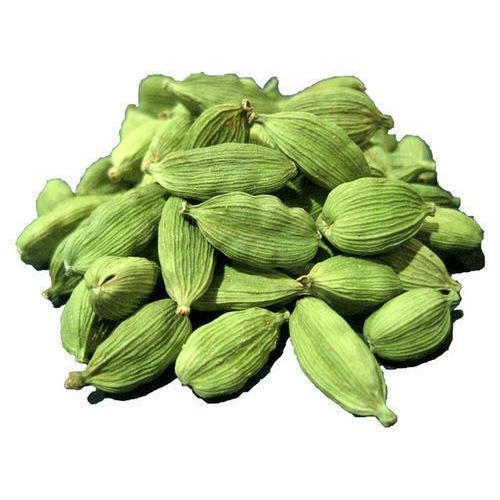
- CARDAMOM
- CHILLI
- BLACK PEPPER
- AJWAIN
- BAY LEAF
Garam masala is a mixture of spices. Each spice that is added is beneficial for health. The addition of each spice ensures that the body temperature becomes warm and this aids in the digestion process. Digestion is an important process and any failure in it will add to a toxic element in the body. These toxins hamper joint movements. The toxins are eradicated from the body when one, consumes garam masala. Garam masala helps in improving blood circulation and also helps in the supply of oxygen to all parts of the body. The advantage is that strenuous exercises can be done easily if one does them after drinking a cup of garam masala tea. Garam masala is a good spice; it prevents the growth of cancer-causing radicals and can prevent colon cancer too. Garam masala is rich in anti-inflammatory and anti-oxidative properties. This helps in restoring the health of the heart and reduces cholesterol. Conditions like arthritis are controlled well when one adds garam masala to the food.
Garam Masala
Garam masala is a Hindi word, when translated is known as a hot mixture. Every region in India has different varieties of garam masala. Garam masala is a mixture of masalas that are mixed to prepare spicy dishes in Indian cuisine. It is also used in Pakistan and other South Asian countries. According to Ayurveda, garam masala brings six types of tastes to the mouth when it is added to the curry. These are the taste of peppercorn, cinnamon, coriander, fennel, cumin, and cinnamon. Sometimes, nutmeg is also added to garam masala. The taste of cinnamon is warm and sweet. The taste of pepper is considered warm. The digestive system in the human body needs the right amount of heat to function properly. Garam masala is made by dry roasting all the spices and blending them. It can also be made without dry roasting.
Nutritional Value of Garam Masala
The fiber element in garam masala is high, which is up to 16%. Garam masala hardly contains any amount of fat. Garam masala contains vitamins like vitamin A, Vitamin B and it is a rich source of manganese and potassium
Helps in digestion
Garam masala is known to increase body temperature. It aids in proper digestion, and hence, removes sluggishness from the body. Toxic elements are flushed out of the body and hence restore health in a major way
Improves in immunity
Garam masala is known to improve the immunity of the body. It also helps to cure diseases like colds and fevers. If a person is suffering from a common cold due to extremely cold conditions, a cup of garam masala tea flushes out phlegm from the body and helps to remove chest congestion. Garam masala prevents premature aging. This is because toxic elements in the body are flushed out when one adds garam masala to his or her diet. Garam masala tea is beneficial for removing toxins from the liver and is known for cleaning the liver also. Garam masala increases the blood flow to different parts of the body and increases oxygen supply ensuring that the aging process is kept under check.
Helps in reducing weight
Garam masala helps in reducing weight. This is because garam masala is hot and this increases sweating in the body. Sweating is a process that burns the extra fat in the body and helps in reducing body fats.
Absorption of vitamins and minerals
Garam masala has a special feature of aiding the absorption of vitamins and minerals in the body. Garam masala is spicy and helps in increasing the blood flow and improves the flow of oxygen. This helps in the absorption of vitamins and minerals in the body as they get converted quickly.
Helps maintain cholesterol
Garam masala is anti-inflationary, which helps in controlling cholesterol. The level of good cholesterol is maintained, and the level of bad cholesterol is reduced in the body. Pepper is known to convert bad cholesterol in the body to metabolize energy, and this ensures that a person becomes more motile. Clove in garam masala is loaded with eugenol, and this helps as anti-inflammation and tones muscles. Many old people face difficulty in walking, and this muscle soreness leads to cramps. These old age-related problems can be avoided if one adds garam masala to their diet
Restores the health of the heart
Garam masala is rich in antioxidant properties. This helps in restoring the health of the heart. The chances of occurrence of a heart attack are minimized if one intakes garam masala into their diet. Garam masala also helps in the prevention of stroke, Old people benefit a lot if they add a bit of garam masala to the food they eat. The best alternative is to take garam masala tea, and this will ensure that proper heart health is restored.
Prevents diabetes
Garam masala aids in the prevention of diabetes. It is a very useful spice for people who have type 2 diabetes. The presence of nutmeg and clove in garam masala helps in the prevention of diabetes too.
Prevents cancer
Black pepper is known to reduce the growth of free radicals in the body, and this further prevents cancer. Colon cancer threat is eliminated when one takes garam masala. The intestine gets cleaned, and the feeling of bloating, gas, and acidity is removed when one consumes garam masala.
Prevents arthritis
Garam masala is a spice that prevents arthritis and gout. Many people in the world are suffering from joint and spinal pain. So, nerve sensory function is restored when one intakes garam masala
Helps in premenstrual cramps
Women suffering from premenstrual cramps and pains get relief when they have garam masala. Many women find that the blood flow is not regular during periods and this causes itching and irritation. Garam masala when added to tea has been found to be beneficial during these problems.
Protects skin
Garam masala helps in restoring skin vitality. It ensures that black spots on the skin and dark circles under the eyes are reduced. The old skin cells and dryness of the skin are reduced if one adds garam masala to their diet regularly.
Restores hair growth
Garam masala is good for restoring hair growth, as blood flow increases to the scalp
Uses of Garam Masala
Garam masala is power packed with cloves. Cloves help in keeping the teeth clean and make the gums stronger. This ensures that bad odor and tooth decay are prevented. Garam masala is rich in omega 6, which is healthy. Garam masala helps in the prevention of loss of appetite too. Garam masala contains cinnamon which is a known source of fiber and aids in restoring digestive enzymes in the body. Garam masala is useful in improving concentration levels and alertness, a cup of garam masala tea has been found to be beneficial for people driving at night.
Side-Effects & Allergies of Garam Masala
Garam masala may cause some side effects when an ingredient like pepper is added in large quantities. In some people, it may cause itching of the skin, while in others, it may cause rashes. There are cases when there is a burning sensation in the mouth. In some people, garam masala leads to diarrhea and vomiting. Bloating is another problem that some people may face when they consume too much garam masala. The quality of garam masala is directly related to the quality of spices, in certain cases, spices are treated with chemicals, and this can cause damage to the body.
Origin And Cultivation of Garam Masala
Garam masala may cause some side effects when an ingredient like pepper is added in large quantities. In some people, it may cause itching of the skin, while in others, it may cause rashes. There are cases when there is a burning sensation in the mouth. In some people, garam masala leads to diarrhea and vomiting. Bloating is another problem that some people may face when they consume too much garam masala. The quality of garam masala is directly related to the quality of spices, in certain cases, spices are treated with chemicals, and this can cause damage to the body.
MILK
- HOMOGENISATION
- MILK PRODUCTS
MEAT-EGG
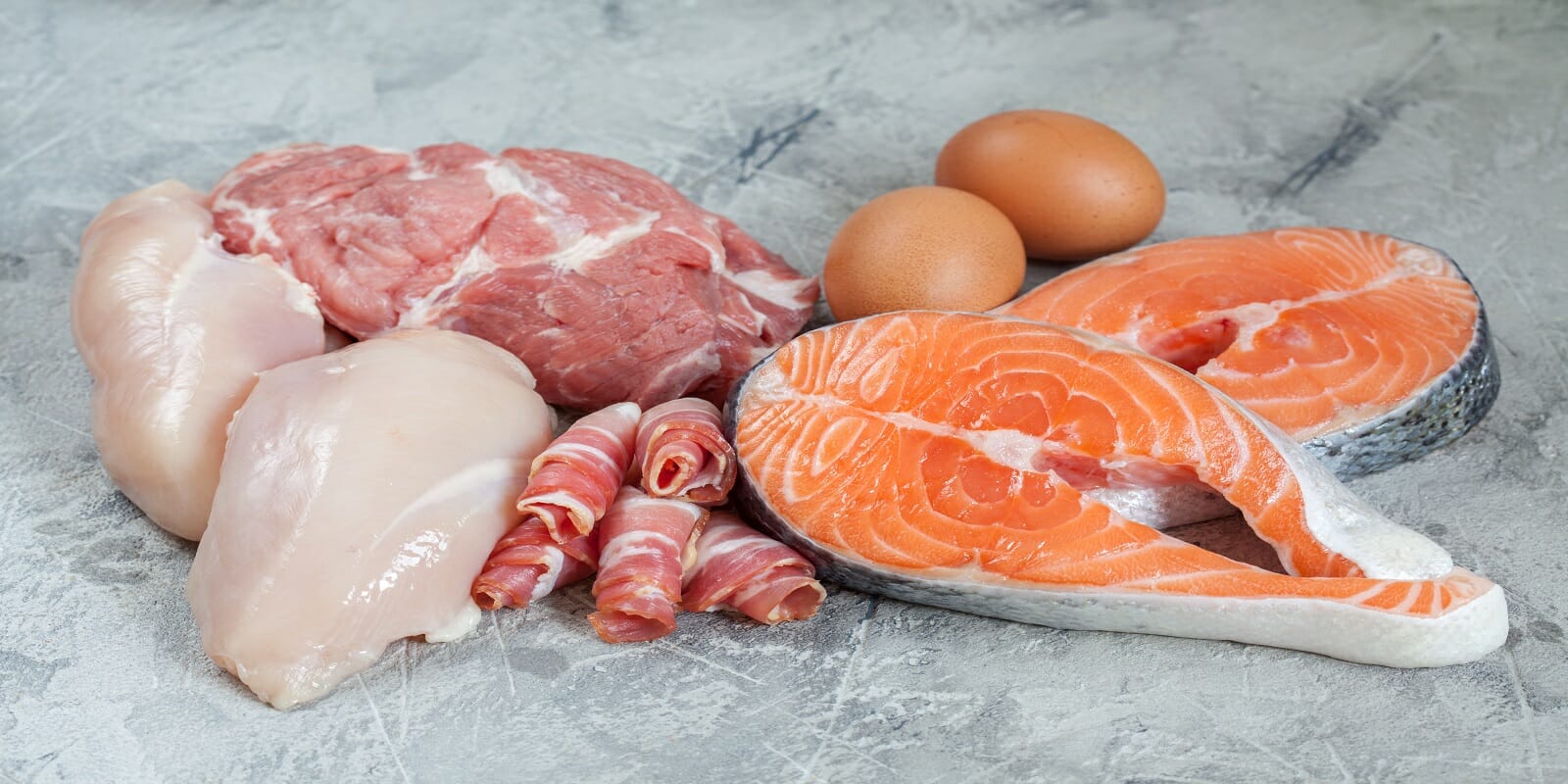
- VEGETERIANIS- NONVEGETERIANISM
- MEAT EATING – VEGETARIANISM
- MEAT PROCESSING
- MEAT INGREDIENT-
- SLAUGHTER OF MEAT
- RENDERING
- TYPES OF MEAT
- TYPE- ON RELIGION
- TYPE- COOKING
- TYPE – CUTTING
- TYPE – FLESH
- TYPE- BODY PART
- TYPE- HUMAN
- MEAT INSPECTION
- EGG
FAST FOOD

- CAKE
- CHIPS
- PASTA – NOODLES
- BURGER
- PIZZA
SALT AND TYPES
Salt is a solid chemical compound that occurs naturally in nature in its pure form. They are formed due to a neutralization reaction between acids and bases. Salt is classified into different types acidic, basic, normal, and double. Acidic salt is formed when a strong acid reacts with a weak base.
OIL
- EATING OIL
- TYPES OF EATING OIL
- SIDE EFFECTS
SUGAR
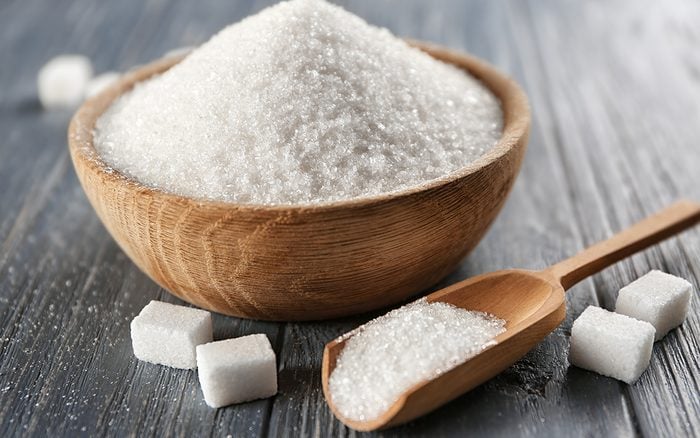
- JAGGERY
- SUGAR
- CARBS
- DIABETES
- SUGARCANE
- CANDIES-ICECREAM -PASTRIES
DRY FRUITS
- COCONUT
AMRIT -POISON
- POISON
Poison is a chemical substance that has a detrimental effect on life. The term is used in a wide range of scientific fields and industries, where it is often specifically defined. It may also be applied colloquially or figuratively, with a broad sense.








